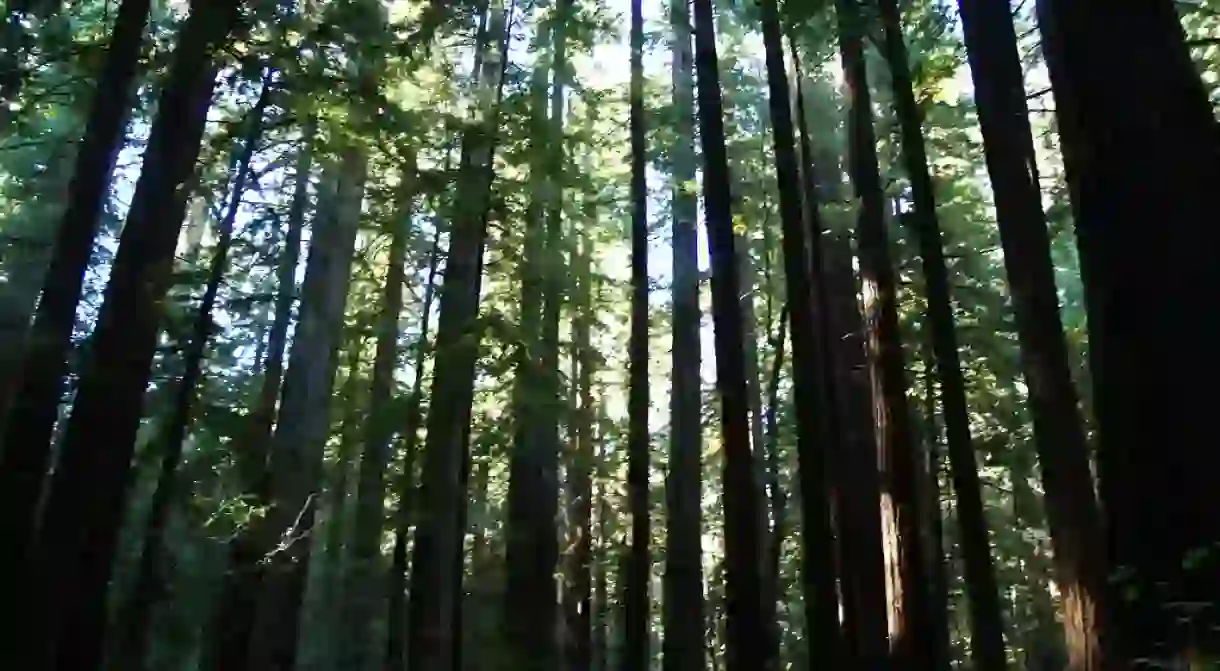Armstrong Redwoods State Natural Reserve: A NorCal Must-Visit

Take a day trip out of the city to experience the Bay Area’s gorgeous natural surroundings. If you want to enjoy the area’s majestic redwoods but you’re looking for something a little less crowded than Muir Woods, Armstrong Redwoods State Natural Reserve is the perfect spot for you.
Armstrong Redwoods is a California state park in Sonoma County preserving 805 acres of coast redwoods, also known as Sequoia sempervirens. The area is made up of a temperate rainforest with a mild, wet climate, gathering an average of 55 inches of rain each year. The notorious Bay Area fog sustains the wet conditions, supporting the growth of the redwoods during the summer. The atmosphere in these woods is serene and magical, transporting visitors into a cool forest isolated from the busy streets of the surrounding communities.

The park’s history reaches back to the 1870s, when Colonel James Armstrong decided to preserve the area as a natural park and botanical garden. His legacy was carried on by his daughter and the Le Baron family, who raised awareness and funding to help preserve the rest of the redwood forest until it was bought by Sonoma County in 1917. Soon after, the state took over, opening the grove to the public as a park in 1936 and changing its status to a natural reserve in 1964 to better protect its ecology.

One of the main reasons to visit the park is to see its sublime collection of ancient coast redwood trees, the tallest living things on the planet. They are known to live for around 500 to 1,000 years and to grow to around 200 to 250 feet tall. The tallest of the Armstrong Redwoods trees is the Parson Jones Tree, which measures 310 feet tall – taller than the length of a football field. The oldest tree in the park is the Colonel Armstrong Tree, estimated to be over 1,400 years old.

Armstrong Redwoods offers a variety of facilities and activities for visitors. There is a visitor center, an outdoor amphitheater, and several picnic facilities. Driving into the park is an option, but parking at the lot outside the entrance and walking in offers a more engaging experience. To enjoy the park’s main features, try hiking along the Pioneer Nature Trail, which is 1.5 miles round-trip. There is a selection of other self-guided hikes to try that offer varying lengths and difficulties, and trail guides are available at the visitor center. Many of the trails are wheelchair accessible, and both the East Ridge and Pool Ridge Trails are open for horseback riding. Camping is not available onsite, but you can camp at the adjacent Austin Creek State Recreation Area.














